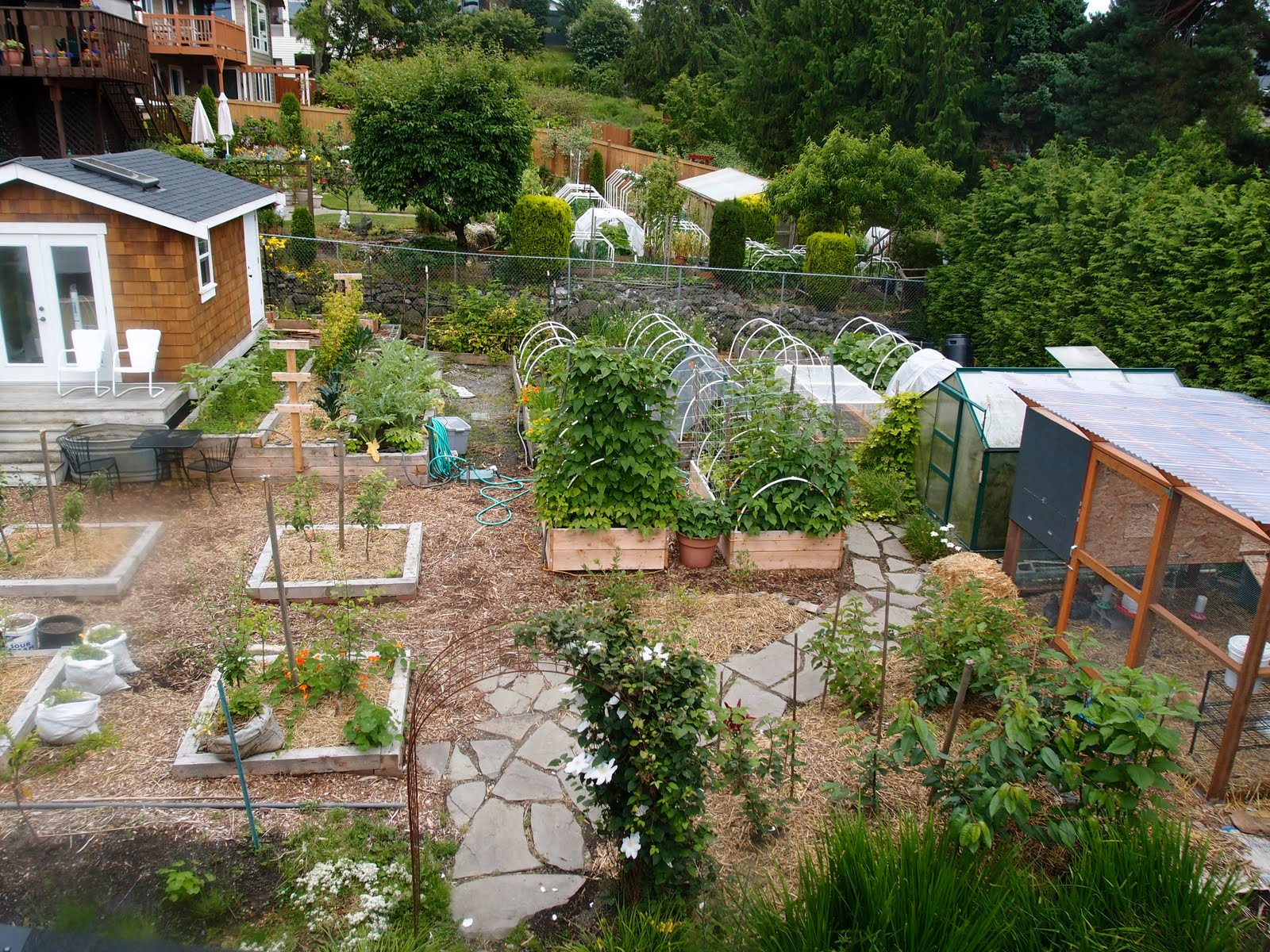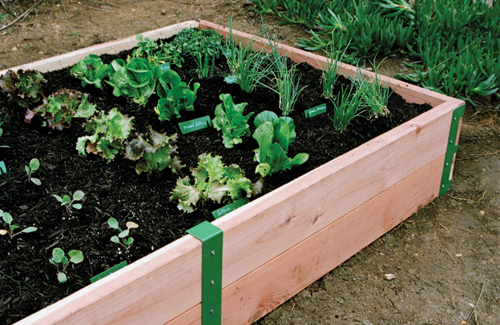Ways to Boost Productivity in Homestead Gardening
Ways to Boost Productivity in Homestead Gardening
Blog Article
Learn Just How to Grow a Prospering Gardening Environment for All Skill Levels
Producing a prospering garden is a multifaceted venture that can be embraced by people at any type of ability degree. By analyzing key components such as dirt health, suitable plant option, and seasonal treatment regimens, one can develop a sustainable gardening method that yields gratifying outcomes. Understanding just how to evaluate and boost your yard space lays the structure for success. Yet, the details of implementing these principles commonly existing challenges that can deter even the most enthusiastic beginner. What techniques can be utilized to get rid of these challenges and foster a truly growing atmosphere?
Comprehending Your Garden Space
In the world of gardening, understanding your garden space is paramount to growing a flourishing landscape (Homestead Gardening). The very first step in this endeavor entails evaluating the specific attributes of your plot. Aspects such as soil structure, sunshine exposure, and water drainage play important roles in figuring out the suitability of your yard for various kinds of plants
Begin by conducting a dirt test to assess pH degrees and nutrient web content, which will educate any kind of necessary modifications. Furthermore, observe just how much sunlight your room obtains throughout the day. Various plants have varying light needs; some prosper in full sun, while others like partial or complete shade.

Finally, assess the available space and strategy appropriately. This includes considering plant elevations and infected make sure appropriate space for growth without congestion. By getting a detailed understanding of your garden room, you set the foundation for an effective horticulture experience.
Selecting the Right Plant Kingdoms
Selecting the right plants for your garden calls for cautious consideration of numerous aspects, including climate, dirt conditions, and personal choices. Start by assessing your regional climate, as certain plants flourish specifically temperature ranges and climate patterns. For instance, exotic plants may not endure in colder areas, while hardy perennials can withstand extreme winter seasons.

Consider your individual choices, including visual allure and maintenance degrees. Choose whether you choose vivid flowers, lavish foliage, or edible plants. In addition, variable in the moment and initiative you want to purchase plant treatment, as some ranges demand more focus than others.
Last but not least, consider the yard's format and light direct exposure. Sunlight patterns throughout the day will affect your selections-- some plants need full sun, while others thrive in shade. By attentively assessing these components, you can develop a unified and effective yard customized to your atmosphere and tastes.
Necessary Gardening Tools
A fully equipped garden enthusiast can substantially boost their gardening experience and end results. Essential gardening devices are fundamental to cultivating an effective yard, despite skill level. A strong spade is invaluable for digging and turning soil, while a trowel enables for exact growing and hair transplanting of smaller sized plants.
Trimming shears are vital for maintaining plant health and wellness by getting rid of overgrown or dead branches, promoting far better air blood circulation and development. In addition, a hand rake serves for removing particles and freshening the dirt, ensuring optimal problems for plant roots.
Gardening handwear covers secure hands from sores, chemicals, and thorns, making them an important accessory. A watering can or pipe with a flexible nozzle makes certain that plants receive sufficient moisture without overwatering.
Finally, take into consideration purchasing a tough wheelbarrow for delivering dirt, plants, and tools around the garden efficiently. By putting together a quality toolkit that includes these important items, garden enthusiasts can deal with various tasks with self-confidence and convenience, paving the way for a flourishing gardening environment. Bear in mind, the right devices not only boost performance however likewise enhance the overall satisfaction of the horticulture procedure.
Dirt Preparation and Maintenance
Quality dirt is the structure of a successful yard, making appropriate preparation and maintenance critical for healthy plant growth. The very first step in dirt preparation involves examining its pH and nutrient degrees. This can be attained through soil screening kits readily available at gardening facilities or through specialist services. Based upon the examination results, changes can be made to maximize soil problems for specific plant demands.
Integrating raw material, such as compost or well-rotted manure, is essential for enhancing dirt framework and fertility. This not only boosts nutrient schedule yet also promotes beneficial microbial activity. Furthermore, additional resources proper drain is vital; hefty clay dirts might need the addition of sand or perlite to boost aeration.
Regular maintenance of dirt wellness includes mulching, which Check This Out saves wetness and suppresses weeds. Turning plants annually aids protect against nutrient exhaustion and lowers bug and disease threats. It is likewise essential to prevent over-tilling, which can disrupt dirt framework and injury valuable organisms.
Ultimately, a consistent dedication to dirt preparation and maintenance will certainly bring about a growing garden, ensuring that plants obtain the crucial nutrients they require for robust development and performance.
Seasonal Treatment and Monitoring

In spring, emphasis on growing brand-new seeds and plants, while additionally conducting soil tests to change nutrient shortages. On a regular basis look for bugs and conditions, as these can multiply with the warming weather. Summertime needs regular watering and mulching to retain wetness, in addition to trimming for much better air flow.
As fall approaches, it's time to prepare the yard for inactivity. This consists of collecting plants, tidying up debris, and applying a layer of mulch to protect plant roots from frost. Consider planting cover crops to enrich the soil during the winter season.
Finally, winter months treatment is critical. Evaluate frameworks like greenhouses for damages and ensure proper insulation for sensitive plants. Routinely monitor for pests that might look for sanctuary indoors. By adapting your horticulture techniques to the seasonal cycles, you can promote a growing environment that sustains plant wellness year-round.
Final Thought
In final thought, growing an effective garden needs a thorough understanding of vital concepts such as dirt composition, sunlight direct exposure, and ideal plant selection. Routine seasonal treatment and monitoring practices even more boost plant wellness and productivity.
Selecting the right plants for your garden calls for mindful factor to consider of various elements, including environment, dirt problems, and individual choices. Conduct a dirt examination to establish pH degrees and nutrient content, which will direct you in choosing plants that will certainly prosper in your yard.Lastly, consider investing in a durable wheelbarrow for carrying soil, plants, and tools around the garden effectively.Quality soil is the foundation of a successful garden, making proper preparation and maintenance crucial for healthy plant development. Homestead Gardening.In verdict, growing an effective garden requires a comprehensive understanding of important principles such as dirt explanation structure, sunlight exposure, and proper plant choice
Report this page